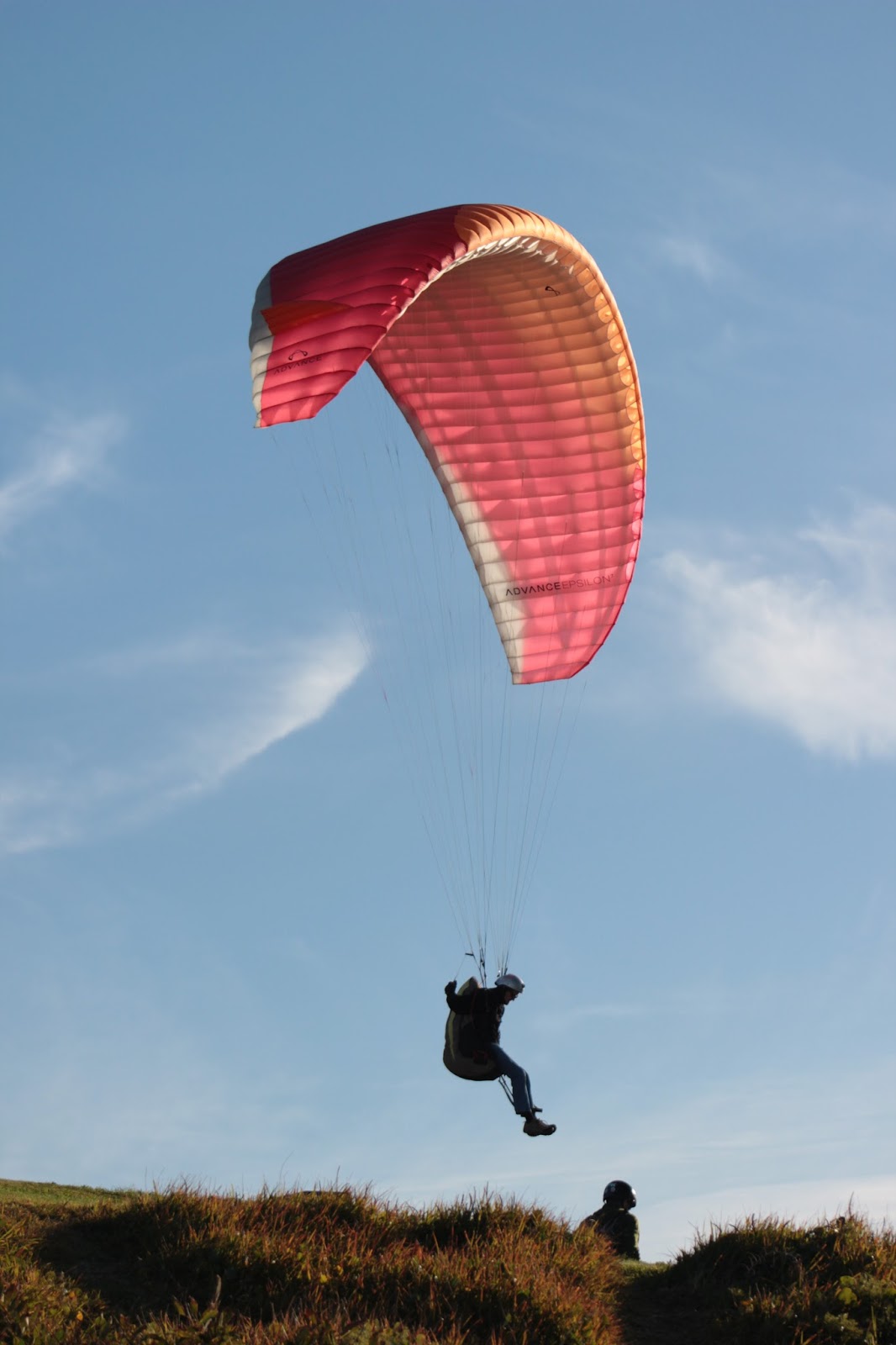
Sydney Paragliding & Hang Gliding Club
powered by TidyHQFrequently Asked Questions
Frequently Asked Questions

What’s happening on launch?
The launch and landing areas can be quite busy with pilots setting up their gliders, taking off and landing. For your own safety, please be aware of the flight operations, especially pilots launching and landing, as well as those who are standing with their wings in the air above them. This is called ground handling and you should be aware that the pilot may drop the glider down behind them if a gust of wind catches it or they feel the wind is not strong enough – its best to give them a bit of space.
Other pilots might be setting up and checking their equipment. You can tell these as they look deep in thought and are connecting their harness, untangling lines and making sure things are ready to go. During this process we use checklists, just like an airline pilot, as we need to make sure we are safe and ready to fly. So if we ignore you,we are just trying to ensure we get the checklist done safely. The best pilots to talk to are those standing around chatting with their gliders bunched up, or out of their harnesses.
How do paragliders and hang gliders work?
The paraglider is essentially an inflated aerofoil shape similar to an aircraft wing. Hang Gliders have a rigid wing like structure. With wind flowing over these wing like structures, lift is created and with forward momentum, initiated by the pilot, the aircraft will fly. Turning of the aircraft is managed by changing the flow of air over one wing by weightshifting and/or by changing the shape of the wing with controls. Learning to control your wing is an ongoing learning process and is all part of the joy of free flight.
On coastal sites we rely on the wind coming from the sea and being forced over the cliff to create the updraft which we glide in. This is exactly the same updraft that you often see birds flying in along the cliff edge. The more wind there is the higher above and further out from the cliff we can fly.
How do you land?
There are two options for landing. We will land on top near where we launched from or land on the beach or other location more protected from strong seabreezes. To top land you will see pilots heading slightly inland from the cliff edge to get out of the updraft and then slowing their gliders almost to stop in the air whilst sinking down to land on the top of the launch site. You will also see pilots fly away from the cliff edge and along the beach or park usually turning into the wind to slow their gliders down once they are out of the stronger wind.
So how does flying inland work?
Paragliders and Hang Gliders are capable of flying huge distances inland. Most of the pilots you see on the coast will also fly inland using foot launch from mountains or tow launch and then thermals, rising columns of warm air, to provide the lift. Just in the way that you see Eagles circling in thermals, Paragliders and Hang gliders fly in circles in these rising columns of air. We only stop going up when the thermal runs out, usually at the bottom of clouds. The trick is to then go on glide to the next thermal and then go back up again. By linking thermals paraglider pilots have flown over 400km and hang Glider pilots even further. Australia offers a fantastic place to fly long distances due to the dry, hot and very thermic expanses inland of the Eastern sea-board.
Why don’t pilots take off sometimes?
Gliding is very dependent on wind strength and direction and so much of the time the wind isn’t blowing in the right direction or is too strong or too light. In these circumstances, when its not safe to fly, you might see pilots on launch or the beach pulling up their wings and flying them above their heads without actually taking off. We are ground handling which is just practicing pulling up and putting down the wing as well as fine control of the wing. This all helps us fly better, be safer on launch and landing and keeps up our ‘feel’ for the wing. Its also a lot of fun!
Is Paragliding and Hang Gliding Safe?
Like any aviation activity, safety is of critical importance. In Australia pilots undergo rigorous training to ensure that they can safely enjoy the sport. This includes initial flight school followed by continuous development and pilot ratings. We also have strict flight rules governing how we operate in the sky.
